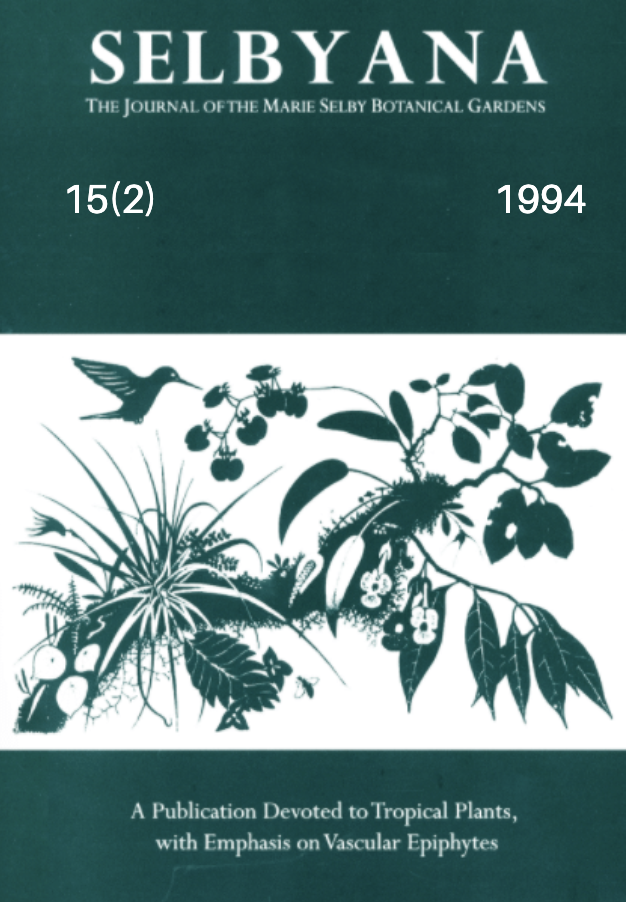Abstract
Local patterns of leaf damage for ten tree species of different plant families and of different successional status were examined at Wau, Papua New Guinea. Damage to mature leaves was expressed as apparent percentage area lost in leaf samples (ALD, apparent leaf damage, visual estimations), area removed per leaf (ARL) and biomass removed per leaf (BRL). Leaf damage varied greatly among species, from 3.8 to 19.7% for ALD, from 5.7 to 28.9 cm² for ARL, and from 0.05 to 0.50 g dry weight of BRL. However, leaf damage was difficult to predict from either insect-related variables (species richness, abundance, biomass and specialization of associated herbivores; enemy-free space) or host-related variables (taxonomie relatedness, tree architecture, water and nitrogen content of leaves, etc.). In particular, trees with species-rich herbivore faunas or with high herbivore densities were not always likely to experience high damage. Contrary to expectations, leaf palatability, successional status or leaf production patterns did not clearly influence leaf damage. The skewness of damage distribution appeared to be weakly correlated with leaf size. This observation was tentatively interpreted as the result of a particular adaptive foraging and feeding behaviour of insect herbivores on large-leaved trees in order to escape avian predators. We conclude that leaf damage is likely to depend on the feeding behavior of a few dominant leaf-chewing insect species and this may complicate the interpretation of results obtained in studies of herbivory seeking community-level patterns. These results point out that the biological interpretation of measurements of apparent leaf damage may not be straightforward.
Open Access and Copyright Notice
Selbyana is committed to real and immediate open access for academic work. All of Selbyana's articles and reviews are free to access immediately upon publication. There are no author charges (APCs) prior to publication, and no charges for readers to download articles and reviews for their own scholarly use. To facilitate this, Selbyana depends on the financial backing of the Marie Selby Botanical Gardens, the hard work and dedication of its editorial team and advisory board, and the continuing support of its network of peer reviewers and partner institutions.
Authors are free to choose which open license they would like to use for their work. Our default license is the Creative Commons Attribution-NonCommercial 4.0 (CC BY-NC 4.0). While Selbyana’s articles can be copied by anyone for noncommercial purposes if proper credit is given, all materials are published under an open-access license with authors retaining full and permanent ownership of their work. The author grants Selbyana a perpetual, non-exclusive right to publish the work and to include it in other aggregations and indexes to achieve broader impact and visibility.
Authors are responsible for and required to ascertain that they are in possession of image rights for any and all photographs, illustrations, and figures included in their work or to obtain publication or reproduction rights from the rights holders. Contents of the journal will be registered with the Directory of Open Access Journals and similar repositories. Authors are encouraged to store their work elsewhere, for instance in institutional repositories or personal websites, including commercial sites such as academia.edu, to increase circulation (see The Effects of Open Access).
